Ward Homes
Ward Homes instructed Keystone Habitats to deliver all ecology mitigation measures on this 5.1 hectare residential development in Iwade, Kent after Keystone Ecology had successfully obtained a European Protected Species (EPS) licence for Great Crested Newts and achieved planning approval for a complex, multi-species mitigation strategy.
What did we do?
- Installed and maintained 7 kilometres of Great Crested Newt/reptile fencing and associated capture apparatus in accordance with Natural England guidelines and in accordance with the site EPS licence.
- Carried out sensitive vegetation clearance in accordance with specific mitigation specifications.
- Undertook destructive searches for Great Crested Newts and reptiles.Created a 1.2 hectare nature area involving the creation of 2 new ponds, enhancement of 3 other ponds, construction of 12 subterranean hibernacula, orchard tree and hedgerow planting and wildflower meadow seeding.
- Supplied an ecological clerk of works and provided callout support.
- Translocated 70 orchard trees.
How did we do It?
- Pulled together several teams of in-house fencing contractors and operated these in tandem to install the fencing quicker than the original timeframe available.
- Divided the site into fencing zones according to required trapping effort to allow development to commence in parts of the site ahead of areas requiring a longer trapping period.
- Implemented habitat reduction techniques in 3.6 hectares of reptile habitat during reptile translocation to increase the trapping rate and reduce trapping effort.
- Developed a bespoke translocation strategy in association with the Peoples Trust for Endangered Species (PTES) for the first ever UK translocation of orchard trees that support the rare Noble Chafer beetle.
- Used our ecological trained Habitats Contract Managers to check for nesting birds during vegetation clearance which could not avoid the nesting season.
What were the outcomes?
- Despite a shorter timeframe for part of the fencing installation than was originally allowed for, fencing was installed on time to allow translocation to proceed as scheduled preventing future delays to the programme.
- Construction works progressed a year earlier than otherwise possible thanks to our phased approach to translocation.
- The entire mitigation scheme was delivered on time and on budget.
- The PTES were happy with the outcome of the orchard translocation.
This entry was posted in Case Studies, Habitats, Residential and Commercial Development. Bookmark the
permalink. Both comments and trackbacks are currently closed.
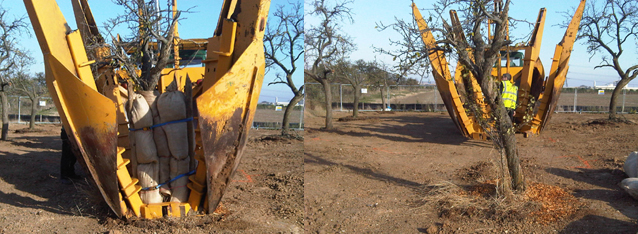


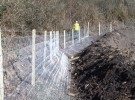


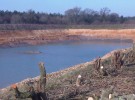

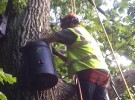
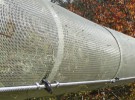



Great Crested Newt & Reptile Translocations, Habitat Creation and Grassland Maintenance
Ward Homes
Ward Homes instructed Keystone Habitats to deliver all ecology mitigation measures on this 5.1 hectare residential development in Iwade, Kent after Keystone Ecology had successfully obtained a European Protected Species (EPS) licence for Great Crested Newts and achieved planning approval for a complex, multi-species mitigation strategy.
What did we do?
How did we do It?
What were the outcomes?